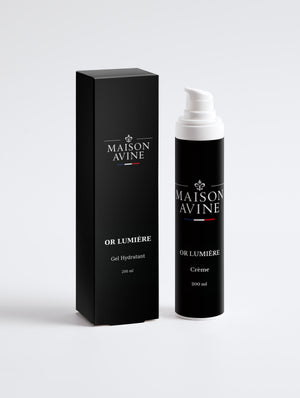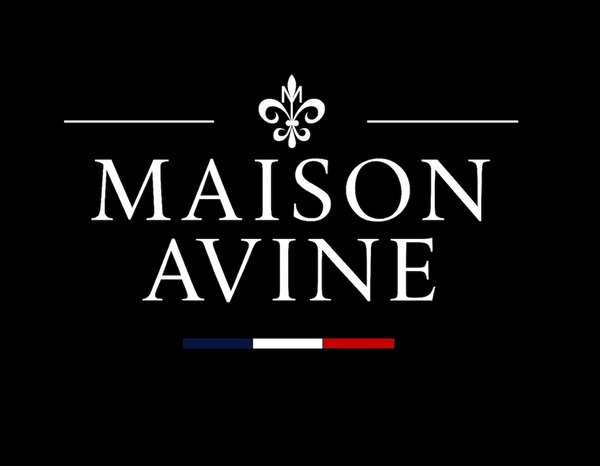The Art and Impact of Cosmetics in Versailles:
During the 17th and 18th centuries, the Palace of Versailles, under the reigns of Louis XIV and his successors, was not only the epicenter of French political power but also a dazzling stage for beauty and fashion. Cosmetics played a pivotal role in the opulent court life, serving as a tool for self-expression, a marker of social hierarchy, and a reflection of cultural values. This article delves into the intricate world of cosmetics at Versailles, exploring their trends, societal significance, health risks, evolution, and enduring legacy.
Popular Cosmetic Trends in Versailles
In the glittering halls of Versailles, cosmetics were far more than mere adornments; they were a language of status, power, and artistry. Both men and women embraced makeup as an essential part of courtly life. For women, the ideal of beauty centered on a strikingly pale complexion, which was seen as a mark of refinement and distance from the laboring classes who toiled outdoors. This was achieved using ceruse, a lead-based white face powder, often applied thickly to create a porcelain-like effect. To add warmth and vitality, rouge—made from pigments like carmine derived from cochineal insects—was applied to the cheeks. Lips were painted red or pink using dyes from crushed flowers, fruits, or roots like alkanet. Men, including courtiers and even King Louis XIV, also used cosmetics, often applying lighter layers of powder and rouge to enhance their appearance and align with the court’s aesthetic ideals.
Beyond facial makeup, beauty patches, or mouches, were a fashionable trend. These small pieces of black silk or velvet, cut into shapes like stars, moons, or hearts, were strategically placed on the face to draw attention to features or conceal blemishes. The placement of these patches carried symbolic meaning, with specific positions signaling flirtation, mourning, or political allegiance. Additionally, hair was styled elaborately, often powdered white or gray to complement the pale complexion, and wigs were a staple for both genders, adorned with ribbons or jewels to further signify wealth.
Cosmetics as a Reflection of Social Hierarchy
At Versailles, cosmetics were a visible manifestation of the rigid social hierarchy that governed court life. The use of makeup was not merely a personal choice but a highly regulated practice that reflected one’s rank and proximity to the monarchy. King Louis XIV, known as the Sun King, set the tone for beauty standards, using cosmetics to enhance his regal image and project divine authority. His courtiers followed suit, with the most elaborate makeup reserved for those closest to the throne. For instance, the grandes dames of the court, such as the king’s mistresses or high-ranking noblewomen, wore intricate makeup designs that required hours of preparation, signaling their elevated status.
The cost and rarity of cosmetic ingredients further reinforced this hierarchy. High-quality ceruse, imported pigments, and luxurious packaging were exorbitantly expensive, making them accessible only to the elite. Lesser nobles or those with limited means might use cheaper, lower-quality alternatives, which often betrayed their status through uneven application or quicker wear. The ability to maintain a flawless appearance, complete with attendants to apply and refresh cosmetics, was a privilege of the wealthy, further distinguishing the upper echelons from the lower ranks.
Cosmetics also played a role in court rituals, such as the lever and coucher ceremonies, where the king and queen’s daily routines were public spectacles. During these events, the application of makeup was a performance, observed by courtiers vying for favor. The meticulous attention to appearance underscored the competitive nature of court life, where beauty was a currency of influence.
The Hidden Dangers of Cosmetics in Versailles
The pursuit of beauty at Versailles came at a steep cost, as many cosmetic products were laden with toxic substances. The lead-based ceruse used to achieve pale skin could cause severe skin damage, including discoloration, scarring, and premature aging. Prolonged exposure led to systemic poisoning, resulting in symptoms like hair loss, tooth decay, and neurological issues. Mercury, another common ingredient in rouges and skin treatments, was equally hazardous, causing kidney damage and tremors. Despite these risks, the cultural obsession with beauty often trumped health concerns, as courtiers prioritized their appearance to maintain social standing.
The dangers were compounded by a lack of medical understanding at the time. Physicians and apothecaries, who often doubled as cosmetic suppliers, rarely warned of the risks, and some even promoted these toxic concoctions as health-enhancing. For example, mercury-based products were sometimes marketed as skin purifiers. Tragically, the cumulative effects of these substances could lead to chronic illness or death, with some courtiers succumbing to conditions linked to prolonged cosmetic use. Yet, the pressure to conform to Versailles’ beauty standards meant that many willingly accepted these risks, viewing them as a necessary sacrifice for social success.
The Evolution of Cosmetic Use in Versailles
As the 18th century progressed and the Enlightenment reshaped European thought, attitudes toward cosmetics at Versailles began to shift. The Enlightenment emphasized reason, simplicity, and natural beauty, challenging the excesses of the Baroque era. By the reign of Louis XVI and Marie Antoinette, the heavy, artificial makeup of the early Versailles court gave way to more subdued styles. Marie Antoinette, in particular, popularized a fresher, more “natural” look, favoring lighter powders, delicate rouges, and a focus on skincare over heavy ornamentation. This shift was partly influenced by Rousseau’s philosophy, which celebrated authenticity and nature, encouraging a departure from the theatricality of earlier decades.
The decline in elaborate cosmetics also reflected practical changes. As the health risks of lead and mercury became more apparent, some courtiers sought safer alternatives, such as rice powder or plant-based pigments, though these were less effective and less prestigious. The French Revolution in 1789 further accelerated this trend, as aristocratic excess became a target of public criticism. The opulent makeup styles of Versailles were increasingly seen as symbols of decadence, and revolutionary ideals favored unadorned simplicity as a mark of republican virtue.
The Lasting Legacy of Cosmetics in Versailles
The legacy of cosmetics at Versailles extends far beyond its gilded halls, leaving an indelible mark on beauty culture and fashion history. The elaborate makeup trends of the 17th and 18th centuries set a precedent for the performative nature of beauty, influencing everything from theatrical makeup to modern high-fashion editorials. The emphasis on pale skin and vivid accents can be seen in contemporary trends, such as the porcelain complexions favored in certain makeup styles or the bold lip colors that echo Versailles’ vibrant rouges.
Moreover, Versailles’ use of cosmetics as a social marker resonates in today’s beauty industry, where products are often marketed as symbols of status or identity. The court’s obsession with appearance also foreshadowed the modern influencer culture, where beauty is both a personal expression and a public performance. Museums and exhibitions, such as those at the Palace of Versailles, continue to showcase the artistry of 18th-century cosmetics, with displays of ornate cosmetic cases and portraits capturing the era’s aesthetic.
The health risks associated with Versailles’ cosmetics also serve as a cautionary tale, highlighting the importance of safety and regulation in modern beauty products. Today’s cosmetic industry, with its rigorous testing and ingredient transparency, owes a debt to the hard-learned lessons of the past. Yet, the allure of Versailles’ beauty culture endures, reminding us of the timeless human desire to craft identity through appearance.
In conclusion, the world of cosmetics at Versailles was a microcosm of the court’s values—opulence, hierarchy, and spectacle. From toxic powders to shifting ideals, the story of makeup in this iconic setting reveals the complex interplay of beauty, power, and risk, leaving a legacy that continues to captivate and inspire.





